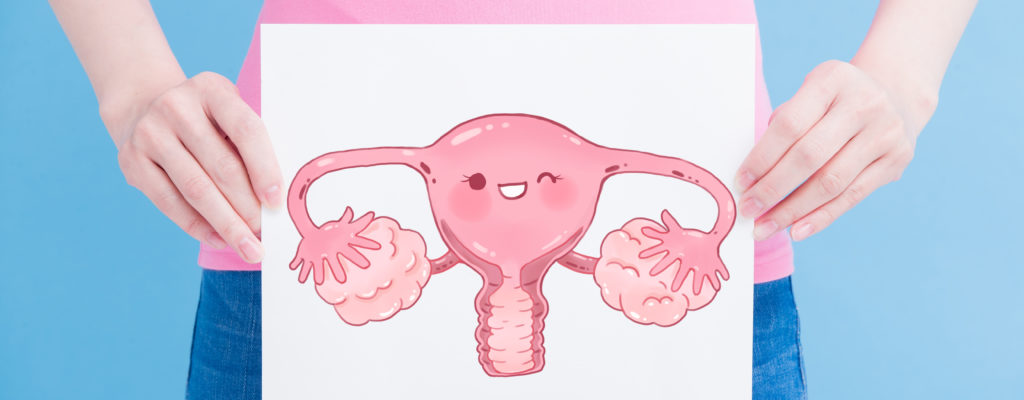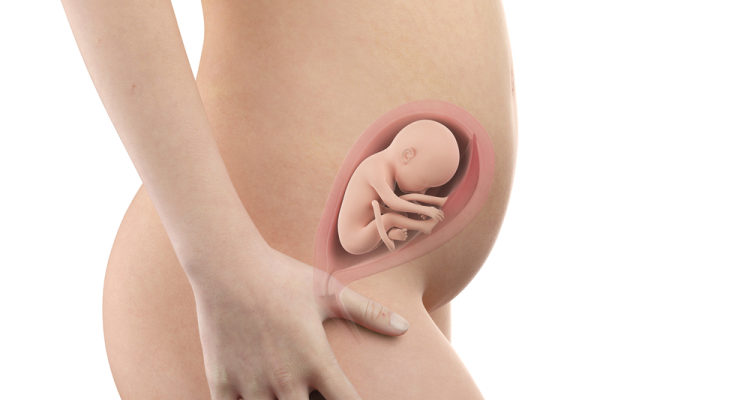
Did you know that about 9 out of 10 women have an episiotomy ruptured during a baby? The severity of the damage will vary, but it can be worst if you have permanent nerve damage or urinary incontinence.
You might stumble upon a passing scene on TV or the Internet. Women often grimace or scream because of the pain during labor during labor . In addition, around the pregnant woman, there is always the urging of the midwives. Unless planning a cesarean section, otherwise most pregnant mothers have to prepare mentally to push when giving birth.
Research makes a turning point in childbirth
Between 2013 and 2014 there was a sudden increase in the number of episiotomy cases in the UK. This alarmed doctors and midwives to change and act promptly.
Scientists have conducted a pilot program at Medway Maritime Hospital in Kent, UK. In the pilot program, it was disapproved for a woman to be lying on her back.
The hospital has reduced the rate of episiotomy grade 3, 4 to 7 times, from 7% to 1%
Dr. Dot Smith, Head of Obstetrics and Gynecology, Medway Maritime Hospital, warned about the number of pregnant women with perineal tear and misconception about constant pushing during labor. In the test content, the doctors advised pregnant women to stand or squat. This way of birth is quite common and is common until the 1950s.
Midwives encourage pregnant women to breathe naturally during uterine contractions instead of pushing
The opposite of the intervention is to pull the baby out as soon as the head is seen, the midwife will let the baby go out according to the natural rhythm and speed. Midwives provide only support to reduce the force acting on the episiotomy.
This program is a major landmark. The results of the trial are considered successful in the European Journal of Obstetrics and Gynecology. It is expected that this program will be put into use in hospitals. The above simple measures have a clear impact and reduce the damage to the pregnant woman's body during labor by 85%.
Tight or not squeezing?
Mickey Morgan, founder of the Hypno Birthing program , says pushing at birth is counterproductive. The straining will create stress for mothers who are about to give birth, as a result, the woman will reflex to spasm the sphincter of the vagina, narrowing the fetal path.
About 25 years ago, Morgan introduced the concept of controlled breathing for pregnant women as opposed to the guidance of midwife breathing and squeezing. She found a lot of evidence that straining at birth leads to many consequences such as:
Mom will be much more tired in labor
Increasing disease for both mother and baby
Ineffective uterine contractions
Increased risk of hypoxia
Abnormal fetal heart
Pelvic floor muscle damage
Broken eyes and face
Increase the rate of episiotomy tear.
While the results of the above study are surprising to obstetricians, gynecologists and midwives, this is good news for many pregnant women as this natural fertility method will help them more. Tightening during the birth of a baby can be discarded and there are other safer measures for pregnant women in labor.












